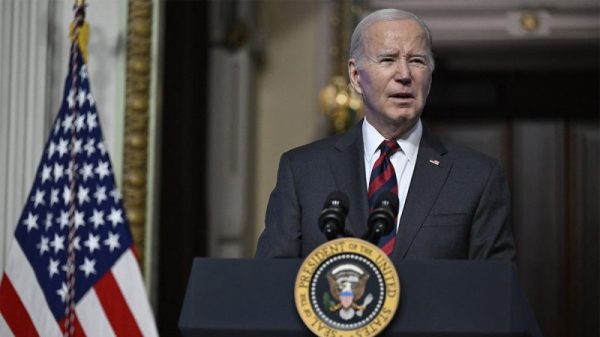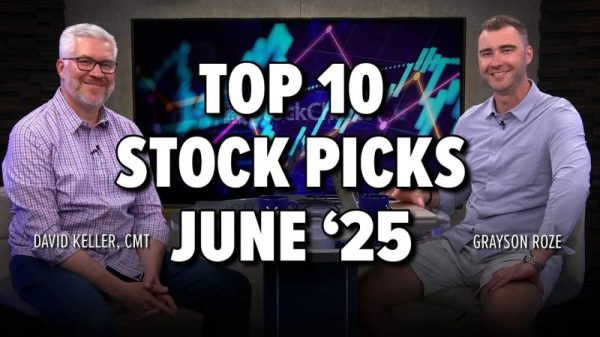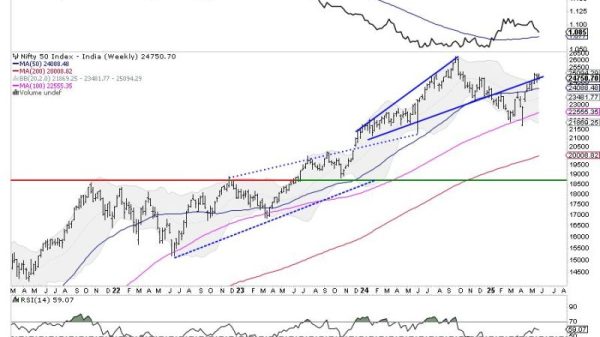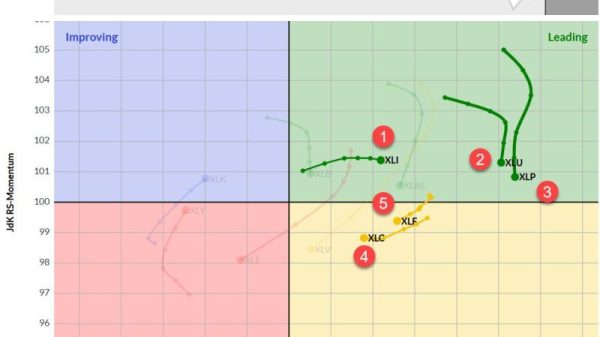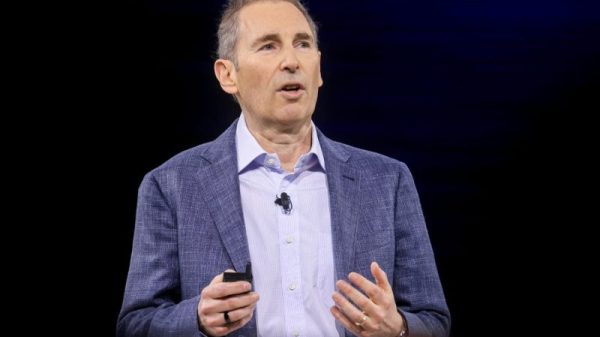Hi, what are you looking for?


Politics
NEWYou can now listen to Fox News articles! President Donald Trump blasted China recently on Truth Social, saying Beijing had ‘TOTALLY VIOLATED ITS AGREEMENT...
Politics
The US Armed Forces expand their footprints in the Indian Ocean, not to defend this country, but to expand military power. The Diego Garcia...
Politics
What is the source of our rights, natural Law or the state? Unfortunately, too many people who should know better choose the latter. David...
Politics
What is the source of our rights, natural Law or the state? Unfortunately, too many people who should know better choose the latter. David...
Politics
Dr. Jonathan Newman joins Bob to analyze Kamala Harris’s proposals against price gouging, and how some mainstream economists defend Government price controls.
Politics
As AI continues to develop, so does the hysteria that AI will soon take over and relegate us to a dystopian future. We need...
Politics
Increasing federal deficits will result in tax increases, either directly via Congress and the IRS or indirectly via the Federal Reserve’s inflation tax.



